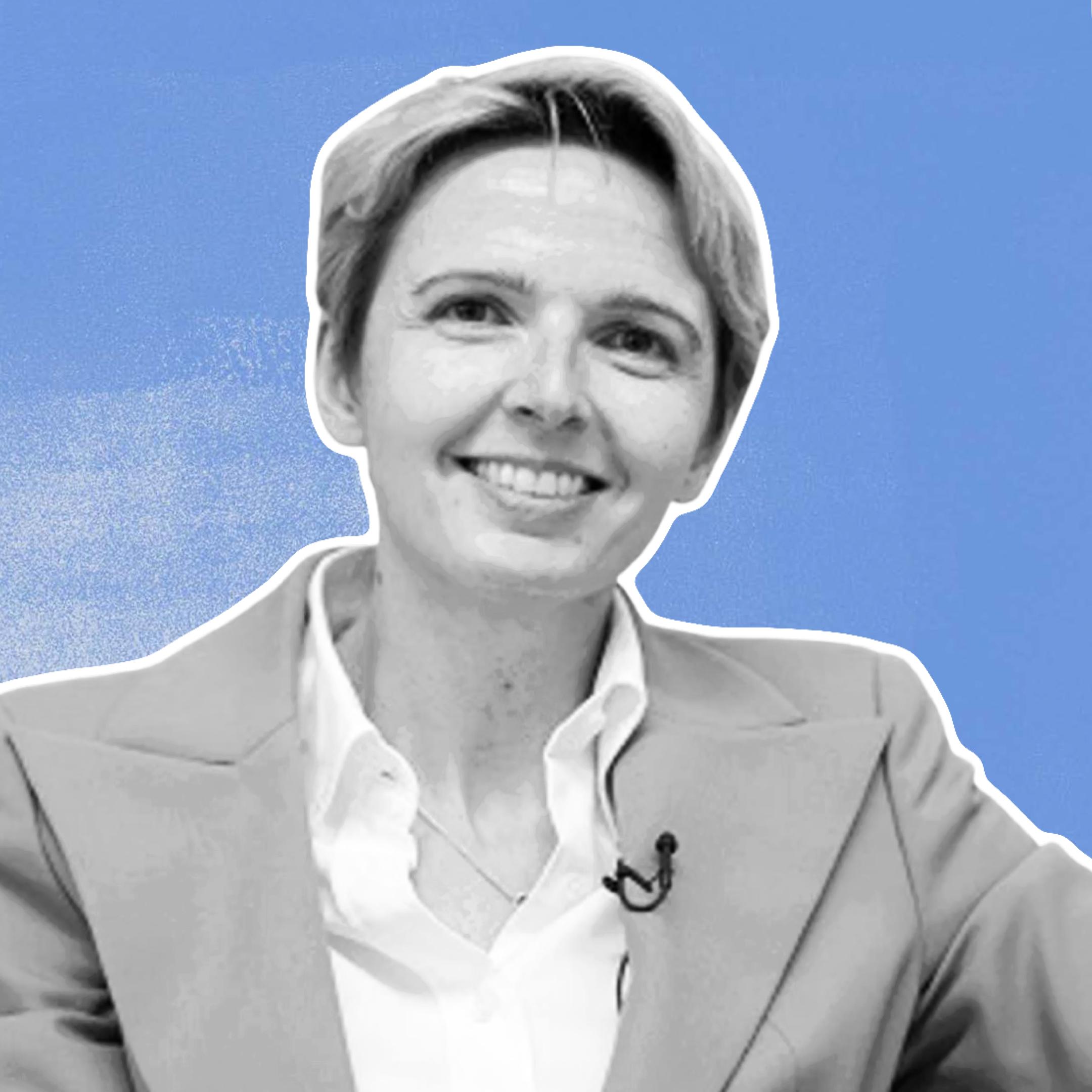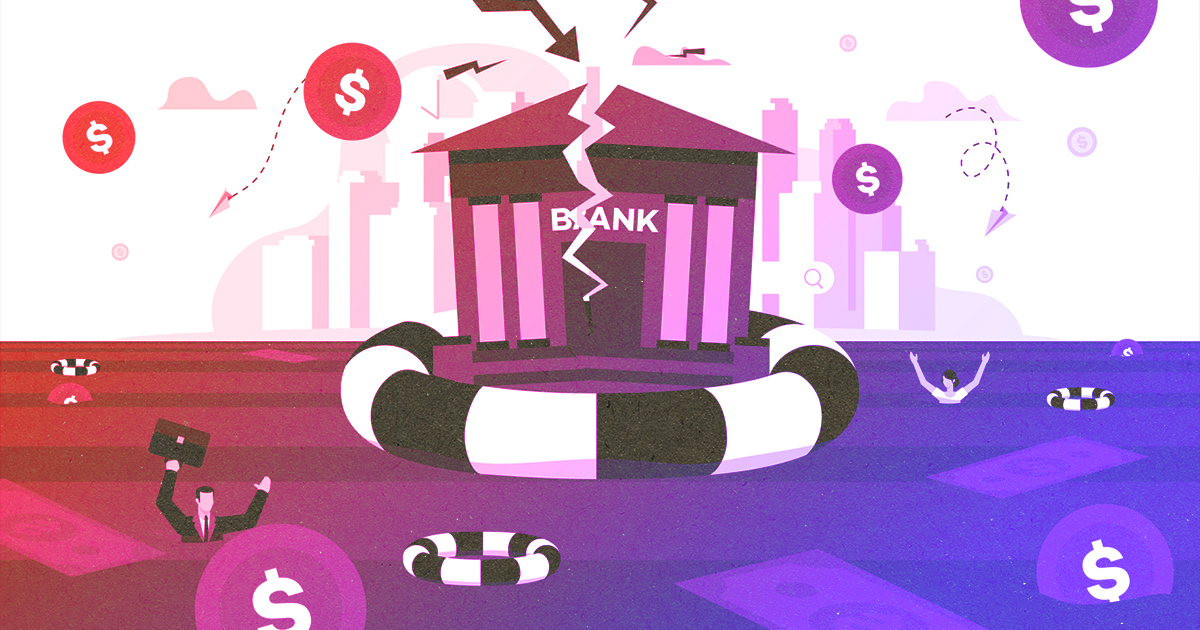
Kogod School of Business
Could the recent tumult felt in the US banking sector be symbolized by a scene in the 1946 film It’s a Wonderful Life?
“You’re thinking of this place all wrong, as if I have the money back in a safe. The money’s not here!” George Bailey (James Stewart), fictional Bedford Falls, NY banker, informed frenzied customers, who were panicked to recover their deposits in the Frank Capra classic.
Indeed, explaining the highly publicized failure of Silicon Valley Bank (SVB) is “shockingly simple,” says Kogod finance Professor Valentina Bruno.
“It was a classic bank run,” adds Kogod Professor Robin Lumsdaine, department chair and former associate director in the Federal Reserve’s Division of Bank Supervision.
Santa Clara, California-based SVB collapsed in early March as investors rapidly pulled deposits, putting the bank—which had achieved rapid growth amid popularity among tech industry startups—into Federal Deposit Insurance Corporation (FDIC) receivership.
As the Biden administration guaranteed the bank’s depositors and then moved to assure Americans that the banking system, more broadly, remains stable, the SVB crisis and subsequent failure of New York-based Signature Bank has proved a worthy case study inside Kogod classrooms.
After all, a postmortem analysis of SVB has centered, in part, around the bank’s significant treasury holdings coinciding with the Federal Reserve’s repeated and heavily-forecasted interest rate hikes over the course of the last year. As depositors withdrew funds en masse, SVB was forced to liquidate its assets, thus incurring losses in the process, which fueled further customer anxiety.
“This is basic interest rate management I teach my undergraduate students,” Bruno says. “Because interest rates had gone up, the long-term treasuries’ value had fallen.”
When depositors ask for their money back, there is not enough money to pay everyone back.”

Valentina Bruno
Professor of Finance and Real Estate, Kogod School of Business
Lumsdaine sees the current banking and broader global economic climate—stable as both are, in her view—as ripe for lessons learned, be it from the standpoint of strategic communications or risk management.
“In some ways, it just energizes our discussion to be able to bring real-world examples into the classroom,” Lumsdaine said, recalling an exercise just last fall in which she assigned her international finance students a multi-national corporation and country, for which they were responsible for evaluating currency risk amid rising interest rates.
But even as the coming months will surely bring continued scrutiny for both SVB’s executives and the regulators tasked with overseeing the bank, Lumsdaine’s most pressing questions may well surround the depositors moved by anxiety to withdraw large portions of their multi-million-dollar deposits all at once. Had customers had only withdrawn, say, what they needed to make payroll, she explained, the situation at SVB might have unfolded differently.
It’s a phenomenon (in which fear begets fear) analogized not just with George Bailey’s Capra-imagined plight but also, Lumsdaine points out, by early-pandemic product hoarding that left store shelves bare.
“If everybody just went into the store and bought one bottle of hand sanitizer, there would have been enough,” she said. “But instead, what you saw, was people buying 100, and there wasn’t enough for everybody. It’s the same with the deposits: if people withdraw what they need, the bank can withstand that.”
The FDIC insures deposits at most major US banks up to $250,000.
